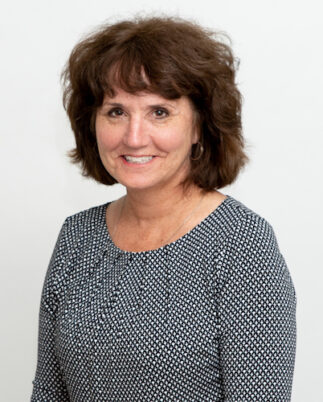A dealer I respect emailed me about a big issue: “Programs are forced on us. Inventory levels for most dealers are way too high, with less than 1 turn per year. An example of a forced program is the new automatic replenishment program that will assure Mahindra will keep inventories high … I don’t need someone managing my inventory. I can do that myself. It is one of the basic jobs of an owner/manager.”
I sent out a query to dealers, seeking more feedback and here’s one interesting response: “About 7 or 8 years ago, Polaris introduced a similar program and it was a disaster up front. It has been somewhat refined and is not perfect, but we have to live with it. However, by the manufacturers loading the dealers up on equipment, they are also setting the selling price. That is what this whole strategy is about.
“I believe this is a business model started by one company (don’t know who), and one by one the manufactures are buying in and ‘drinking the Kool-Aid.’ There does not appear to be an end in sight, and the dealers have no choice but to try and make it work, or not, and the shortline companies seem to be the most bold. I guess they assume we can’t do it without them, and we may find out if this is true going forward.”
Another dealer is working through the program, saying it’s part of getting along with your manufacturer. “If your stocking rate is where you need it to be, you will not be overstocked. It takes a lot of pressure off instead of waiting to order.”
Changing the Mindset
Mani Iyer, president and CEO for Mahindra North America, has heard these concerns and admits there was confusion about the requirements — and resistance to changing from the usual process of ordering at the national dealer meeting. “That was a good model while we were growing, but we need to help dealers turn inventory faster and keep fresh tractors on the lot. We need to move to more retail-based programs rather than billing programs. This market is so impulsive. We can’t make them wait for a tractor.”
He says dealers are not required to participate and they can change or cancel the replenishment order, as long as they do it within 7 days. Iyer also says the program benefits small dealers who may not have qualified for big order discounts.
Iyer says Mahindra is working through some dealer relations issues that have arisen due to the company’s fast growth. Rural Lifestyle Dealer’s analysis of the 2018 Equipment Dealers Assn.’s Dealer-Manufacturer Relations Survey shows that from 2015-2018, Mahindra has seen the largest decrease in mean score among the manufacturers measured, at 14.03%.
“When you have massive growth and want to take the next leap, you always have to have the perspective to look back,” Iyer says. He says improvements have been made recently in terms of parts support and availability. Resources have also been added in the last year across many of the company’s functions.
To Be Announced
At this year’s upcoming national dealer meeting, Iyer says they’ll focus on “back to basics.” He gives a sneak peak into what else will be announced, including:
- Simplified ordering and new programs for leasing as well as institutional and national sales
- Expanded support for its technical hotline and improvements to the dealer portal
- Improvements to Mahindra Finance to make transactions quicker
- Increased focus on attachments
New product introductions won’t be at the level of last year. However, Iyer says they will have new models in the 60-130 horsepower range and they will introduce “heritage” products — with no more details to be shared just yet.
Iyer also comments on the performance of its Retriever utility vehicle, which was introduced last year and replaced its original mPact UTV. He says sales have been steady and they are looking at how to invest in the product to spur growth. “It took Kubota 20 years to build what we did in 3 years. It’s a tough market and we have to come up with price points to have our dealers be considered by customers,” he says.
Don’t Miss Your Chance
To all the dealers attending upcoming national meetings: You’ll need to quickly soak up the details of new programs. It’s during the introduction phase that you have the most leverage to suggest changes or see about customization for your dealership. As consumers buying patterns change, the manufacturer-dealer relationship will continue to change as well.
And, let’s continue the discussion on automatic inventory replenishment programs. Take our poll and share how you make them work at your dealership.





